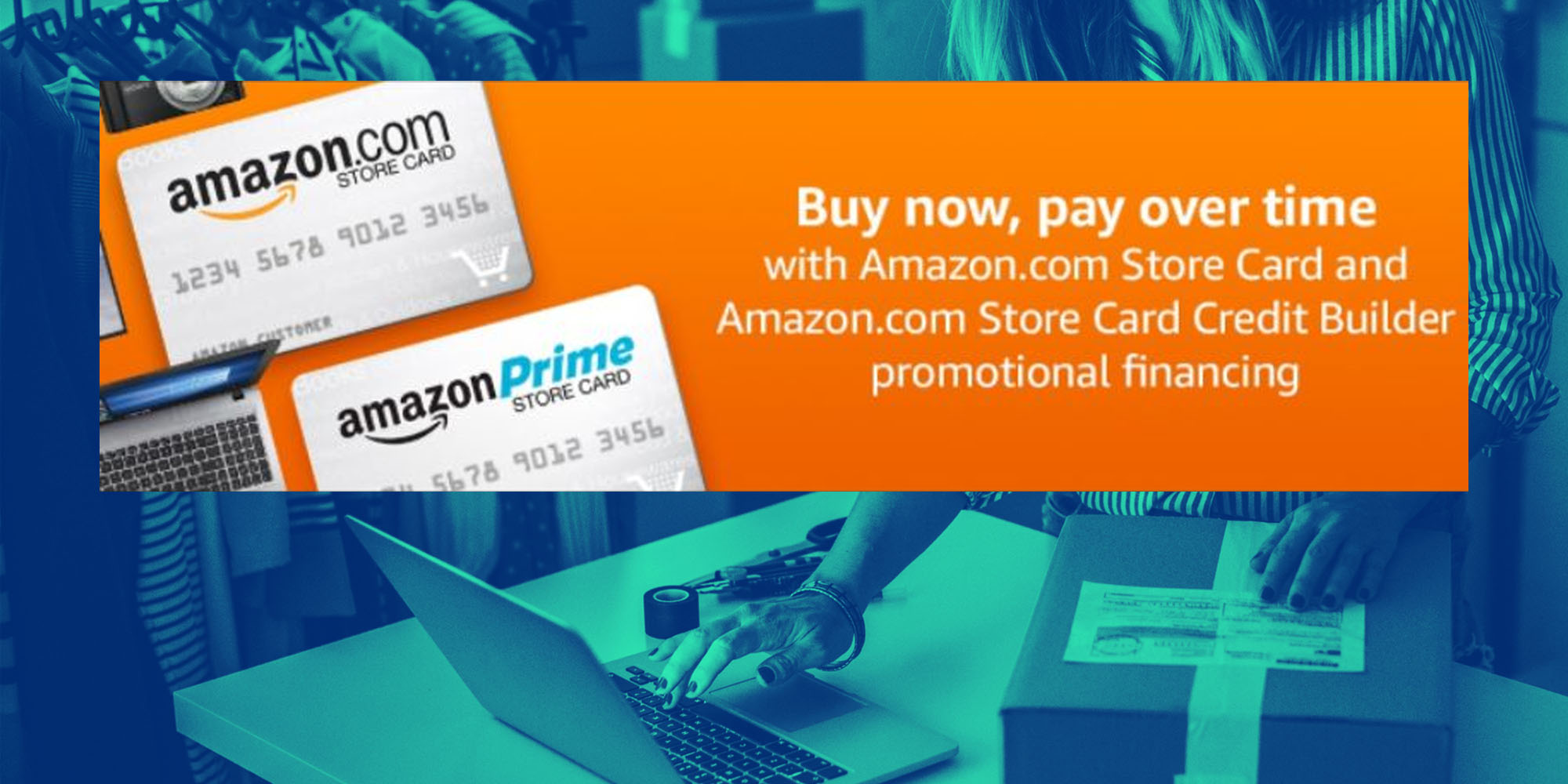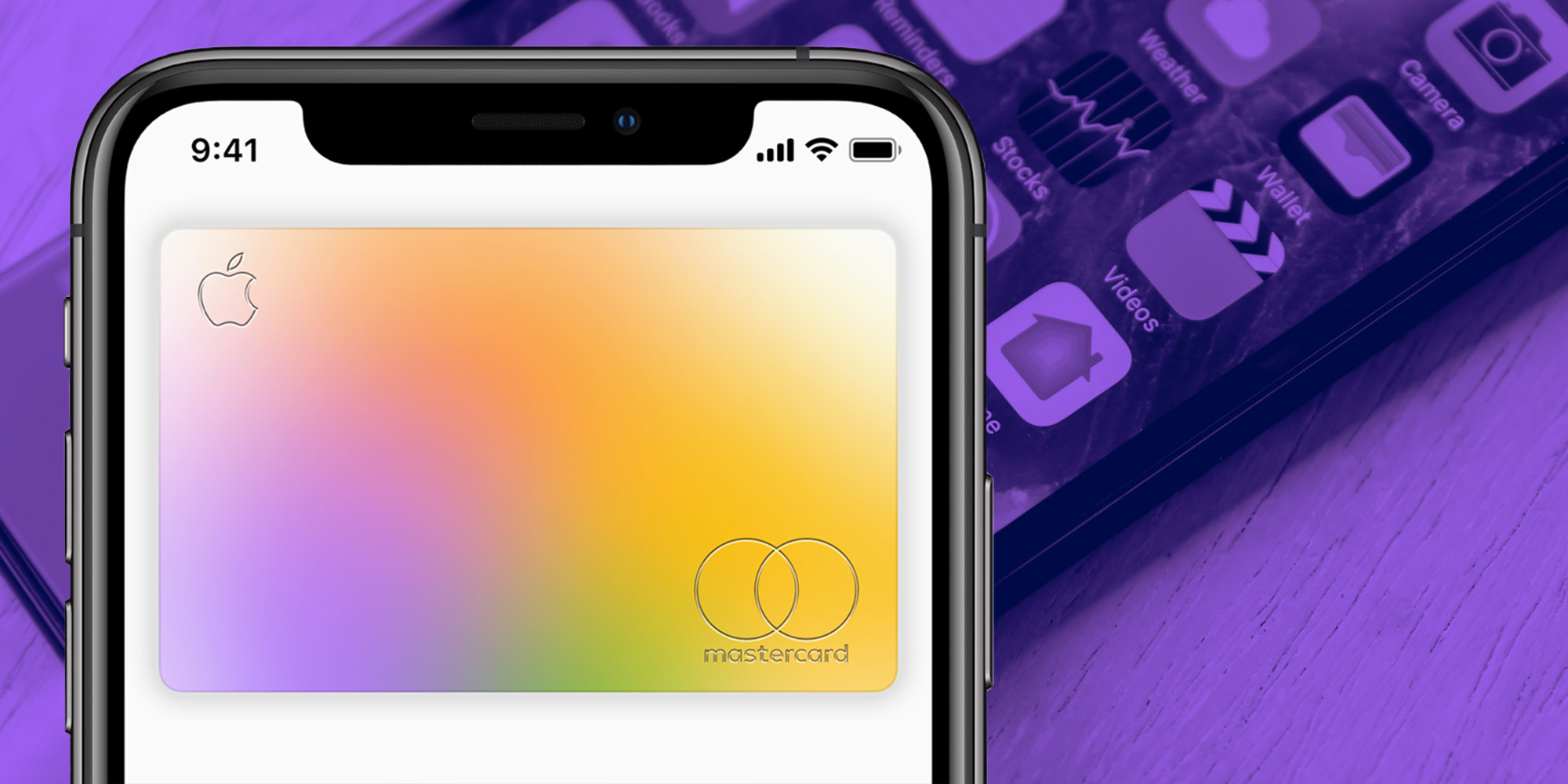For better or worse, brands are celebrating Black History Month
Every February, the spotlight falls on brands struggling to connect with Black consumers. While many of these brands also struggle year-round with this challenge, given their implicit focus on White consumers, it’s during Black History Month that their efforts to connect with a wide – and often underserved – swath of consumers comes to the fore.
Companies across sectors once again ran special Black History Month campaigns this year, with efforts ranging from owned social posts to in-store shopping experiences. With the help of Toya Mitchell, Senior Multicultural Analyst at Mintel, we’ve identified a handful of noteworthy campaigns.
Google is not especially known for its diversity; just over 3% percent of employees are Black. Nevertheless, the company’s Black History Month campaign fared well, generating nearly 50M views as of the middle of February and mostly positive reactions across social media.
The video, “The Most Searched: A Celebration of Black History Makers,” celebrates what its name suggests: the most searched people in various categories – people who aren’t only the most searched but who are also Black Americans.
Note, though, that the video doesn’t highlight “the most searched Black tennis player” but, rather, “the most searched tennis player”. “The Google ad does a very good job of showing how Black culture drives – and is very much a part of – overall American culture, which is not often explicitly addressed in popular discourse,” Mitchell said.
Barnes & Noble
Barnes & Noble’s attempt to make Black History Month about Black consumers, on the other hand, didn’t land so well. The bookseller’s campaign involved Penguin Random House “Diverse Editions” series of classic books: by White people, starring White people, with characters on their covers made up to look like people of color.
Consumer and media response was swift and strong: The day the books were announced, negative sentiment on social media (looking at both @mentions and mentions of the brand name) spiked to 34%, from 19% the day before. Two weeks later, and negative sentiment was still a few percentage points above where it was at the beginning of February.
In response, the company canceled the campaign before it even got off the ground and rushed to get a new Black History Month campaign out:
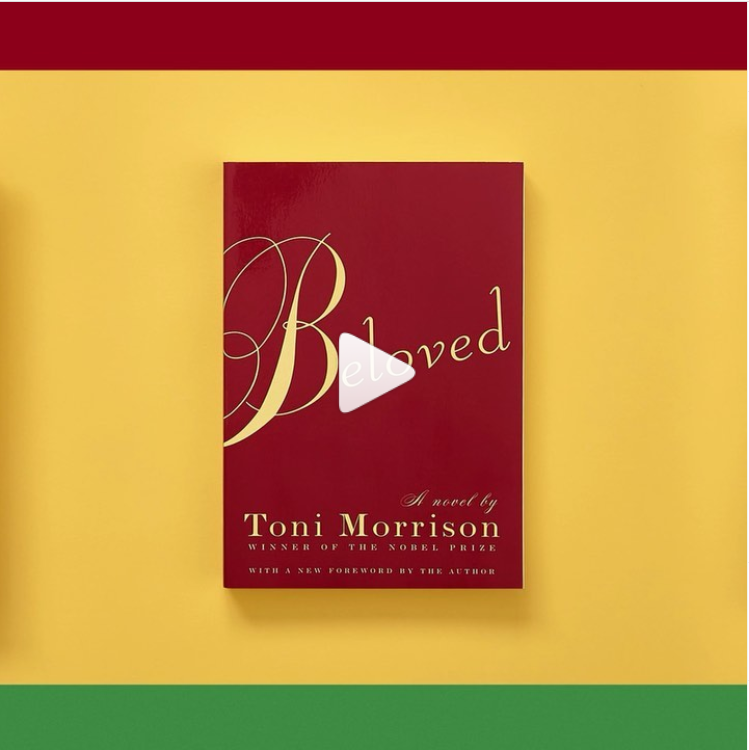
Target
Unlike Barnes & Noble, Target’s in-store campaign has garnered praise. Target’s fourth-highest-spend digital ad of the year ($330k) was part of its “Black Beyond Measure” campaign.
At the same time, the retailer showcased its Black History Month collection of products in-store and online as it has done in years past. A third of these products come from Black-owned businesses, according to a Target press release, which also emphasized how the celebration came to be: “Target’s African American Business Council, which includes more than 1,000 team members, was the driving force behind creating the assortment five years ago and continues to advise our teams on the collection.”
By doing this, Target is connecting with Black shoppers already within its consumer base. “Target leans into one of the Mintel Trend Drivers ‘Identity’ by demonstrating that they understand what makes Black shoppers unique in terms of history, and heritage, but similar to their overall target in wanting to showcase their individual style,” said Mitchell, referencing new Mintel research on Black consumers shopping at mass merchandisers.

Wells Fargo
Wells Fargo also highlighted Black entrepreneurs. On Instagram, the bank teased a profile of real estate investor Patrick Jeune, garnering a below-average 0.33% engagement rate. That profile and others were part of the bank’s ‘Empowerful’ campaign.
Wells Fargo repurposes this campaign depending on the time of year (in June, for instance, it’s dedicated to Pride). This repurposing makes the campaign feel hollow, rather than like a heartfelt attempt at real empowerment. “It’s very much on the safe side, which may be a result of being cautious and wanting to have some messaging that won’t cause a firestorm,” Mitchell said. “Even while the messaging seems safe, it only takes one influencer or person with a large following to mention the precipitous decline of Black homeownership as a result of the Great Recession and Wells Fargo’s involvement in it,” she said, referring to the bank’s alleged violation of the Fair Housing Act and discriminatory practices.
OneUnited Bank
While Wells Fargo hasn’t received much blowback for the campaign, the backlash against OneUnited Bank was substantial. In early February, OneUnited, the largest Black-owned bank in the US, released a limited-edition debit card with a painting of Harriet Tubman on it.

Reactions were sharp:
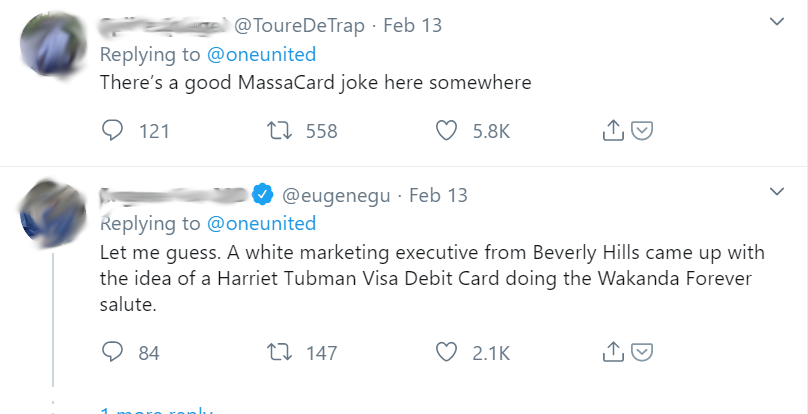
Meanwhile, the bank continued to spend on its long-running Bank Black campaign. Black-owned banks have struggled, with many shutting down, but OneUnited persists, both in existing and in marketing.
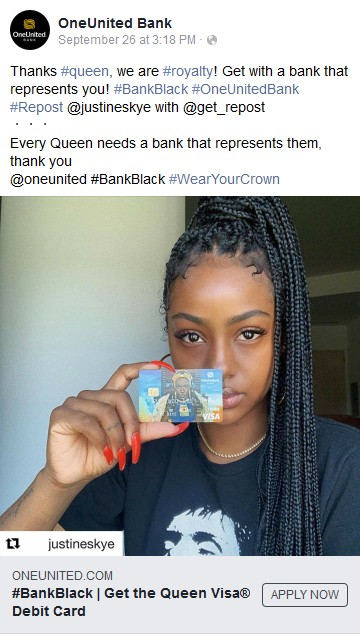
Per OneUnited’s marketing: By “opening a bank account in a Black-owned bank, [consumers can] show solidarity and empower the community by recycling dollars within the Black community.”
While US Bank attempted a similar message in an email sent 2/1/20, the message sounded flatter, with the bank promoting the same app it regularly promotes and then tacking on a message about charitable giving. “[W]e are committed to the financial legacy of African Americans,” the email read. “That’s why no matter what your financial goals are, our convenient mobile app is here to help you.” The email, sent more than 1M times, garnered an 18% read rate, below Wells Fargo’s 35% average, according to Comperemedia/eDatasource.
The Harriet Tubman card aside, OneUnited has likely been more successful. “OneUnited has used this strategy for the last couple of years, so I think that they must have some ROI in growing and maintaining new accounts,” Mitchell said. “The Harriet Tubman controversy may cause some eye rolls, but won’t result in any real damage for the bank. Mintel research on the banking experience of Black consumers shows that people are more concerned with how their bank services the community, whether or not they feel welcomed and reach their financial goals.”
Another reason OneUnited’s Bank Black campaign could have staying power is because it’s around longer than one month of the year. Marketing that demonstrates companies’ dedication to Black empowerment (and, more broadly, diversity) year-round will likely have more staying power – and could ring truer – than those that appear and disappear in February.
What we think
Black History Month marketing campaigns succeed when they’re not one-offs but, rather, an extension of a brand’s full-year approach to diversity. They ring hollow when they seem only like temporary promotional tools meant to push sales but not true equity.

